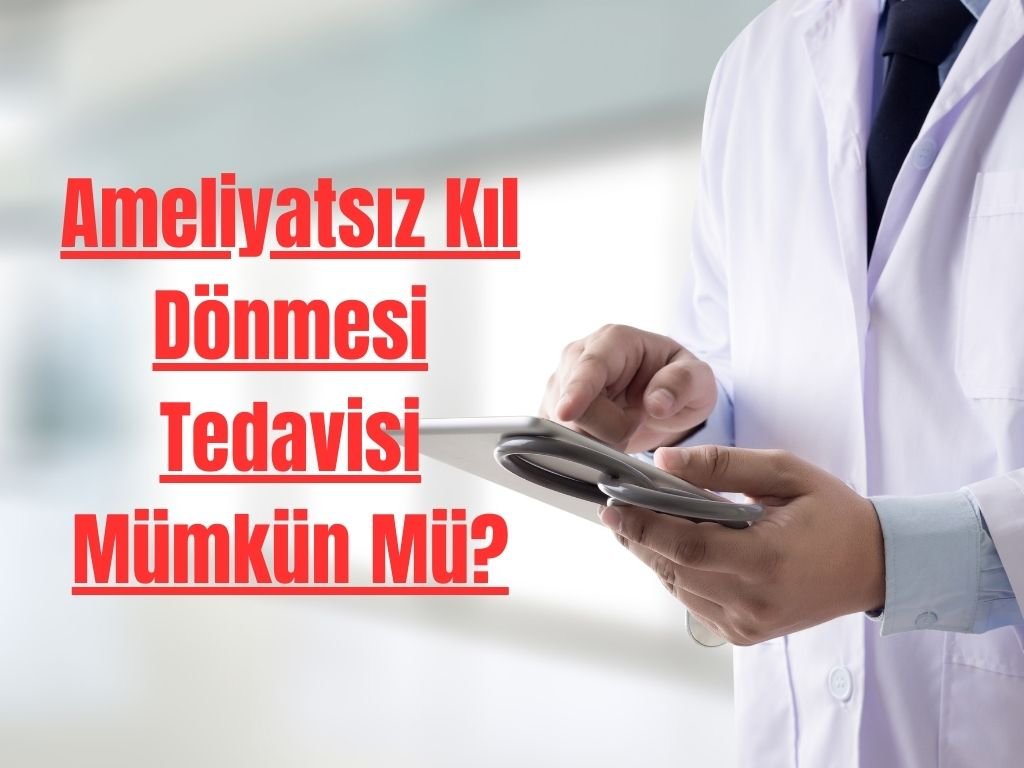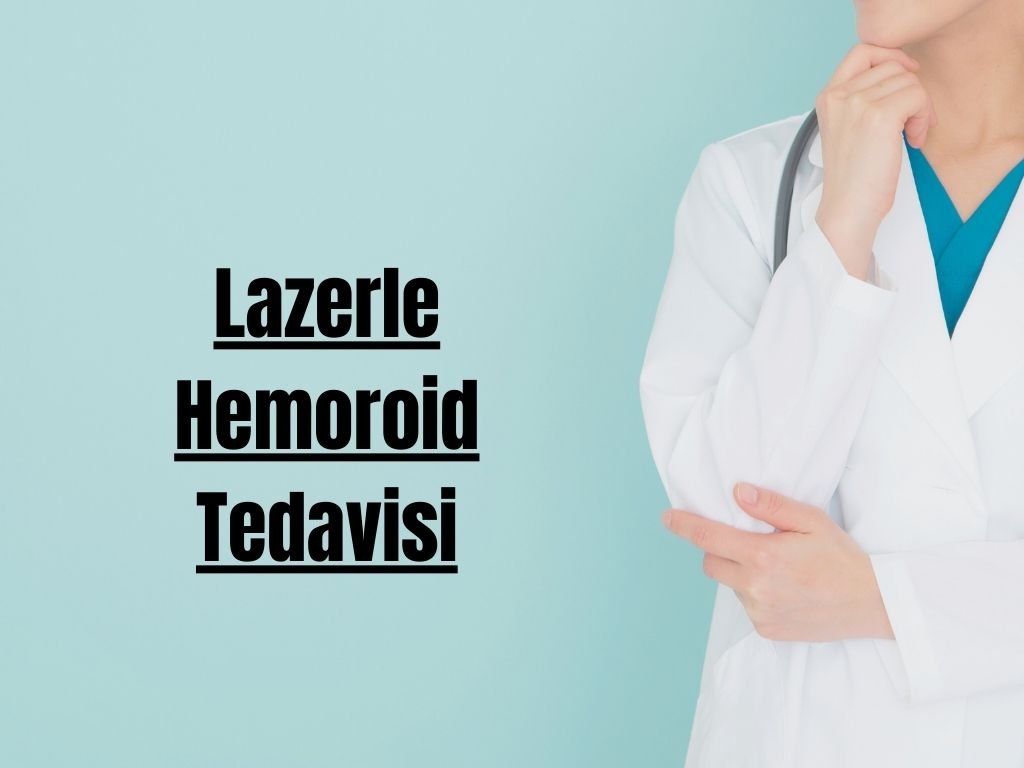Is Non-Surgical Treatment for Pilonidal Sinus Possible?
Pilonidal sinus, medically known as pilonidal disease, is a chronic subcutaneous infection typically occurring in the tailbone area caused by loose hairs penetrating under the skin. The hairs and foreign bodies that enter beneath the skin lead to inflammation, abscess formation, and pain. It is commonly seen in young men who work long hours sitting.
What Are the Symptoms of Pilonidal Sinus?
In the early stages, pilonidal sinus may not cause any symptoms. However, as the condition progresses, it may present with the following signs:
- Pain, swelling, or tenderness in the tailbone area
- Discharge (often foul-smelling pus)
- Recurrent abscesses
- Small holes or pits in the skin (sinus openings)
- Itching and redness
What Causes Pilonidal Sinus?
Multiple factors contribute to the development of pilonidal sinus:
- Excess body hair
- Sedentary lifestyle and prolonged sitting
- Tight clothing and sweating
- Genetic predisposition
- Poor hygiene
How Is Pilonidal Sinus Diagnosed?
Pilonidal sinus is usually diagnosed easily by physical examination. Sinus openings, discharge, and signs of inflammation catch the physician’s attention. In some cases, imaging methods such as ultrasonography may be used to assess the depth and extent of the sinus.
Is Non-Surgical Treatment Possible for Pilonidal Sinus?
While traditional surgical methods (open and closed surgery) are commonly used, advancements in technology have made non-surgical treatment options available. However, the applicability of these methods depends on the stage of the disease, its spread, and the patient’s overall condition.
Non-Surgical Treatment Methods
- Phenol Application (Crystallized Phenol Therapy)
Phenol is a chemical agent applied into the infected sinus tract. It works by destroying the sinus tissue and aiming to close the tract.
Advantages: Can be performed under local anesthesia, no surgical incision.
Disadvantages: Not suitable for all cases, risk of recurrence. - Silver Nitrate Application
Silver nitrate is applied into the sinus to cauterize the infected tissue. It functions similarly to phenol but with more limited effectiveness. - Laser Treatment for Pilonidal Sinus
An endoscopic laser energy is delivered inside the sinus tract to ablate the internal lining. This method can yield successful results especially in early-stage cases.
Advantages: Minimally invasive, short recovery time.
Disadvantages: Not available in all centers, can be costly. - Micro Sinusectomy (Minimal Invasive Intervention)
Although surgical, this method does not involve large incisions. The sinus tract is removed through a small cut around the sinus opening without stitches.
Advantages: Can be done as outpatient treatment, minimal work loss.
Disadvantages: May be insufficient for widespread sinus tracts.
Advantages and Disadvantages of Non-Surgical Treatments
| Treatment Method | Advantages | Disadvantages | Suitability |
|---|---|---|---|
| Phenol Application | Performed under local anesthesia, leaves no scar | Risk of recurrence | Early stage cases |
| Silver Nitrate | Easy to apply | Limited effectiveness | Superficial sinus tracts |
| Laser Treatment | Quick healing, aesthetic | Equipment and cost issues | Selected cases |
| Micro Sinusectomy | Outpatient, short work loss | Not available everywhere, limited indications | Moderate pilonidal disease |
Who Is Not Suitable for Non-Surgical Treatment?
- Patients with extensive sinus openings
- Deep and chronic pilonidal sinuses
- Individuals with multiple previous abscesses
- Complicated and inflamed cases
For such patients, surgical intervention generally offers a more permanent solution.
Post-Treatment Care for Non-Surgical Methods
Patients treated with non-surgical methods should pay attention to the following:
- Maintain personal hygiene
- Reduce hair by laser or epilation
- Avoid tight clothing
- Avoid prolonged sitting
- Attend regular follow-up examinations
These precautions significantly reduce the risk of recurrence.
Conclusion: Is Non-Surgical Treatment Effective?
Yes, non-surgical treatment for pilonidal sinus is possible but not suitable for every patient. The stage of the disease, its extent, prior infections, and the patient’s lifestyle directly affect the choice of treatment. Therefore, evaluation by a general surgery specialist is essential to determine the most appropriate treatment method.
Frequently Asked Questions
Does pilonidal sinus heal by itself?
No. Pilonidal sinus is a chronic disease that progresses if left untreated.
Does pilonidal sinus recur after non-surgical treatment?
Yes, especially after surface applications like phenol or silver nitrate, recurrence risk exists.
Which is more permanent: surgery or non-surgical treatment?
Surgical methods usually provide more permanent results, but non-surgical treatments can be effective in suitable cases.
All content on this site is for informational purposes only and is based on scientific sources valid at the time of preparation. For any symptoms, diagnosis, or treatment related to health, please consult your physician or authorized health institution directly.




